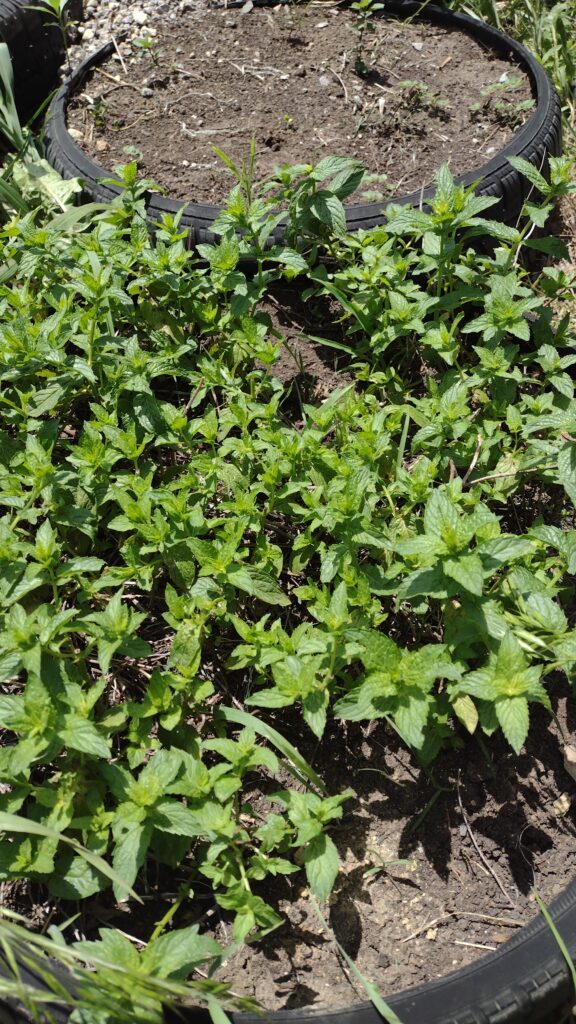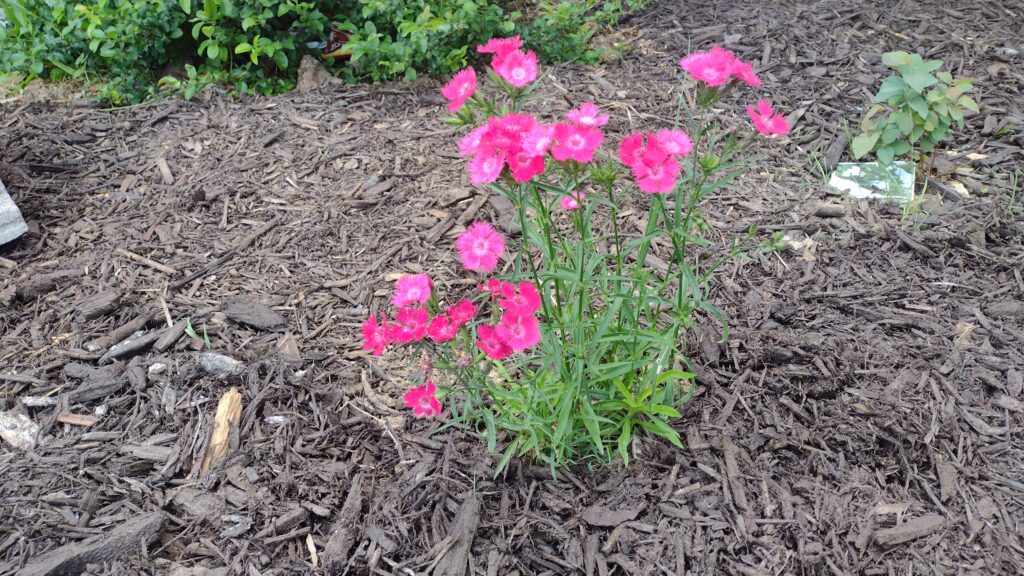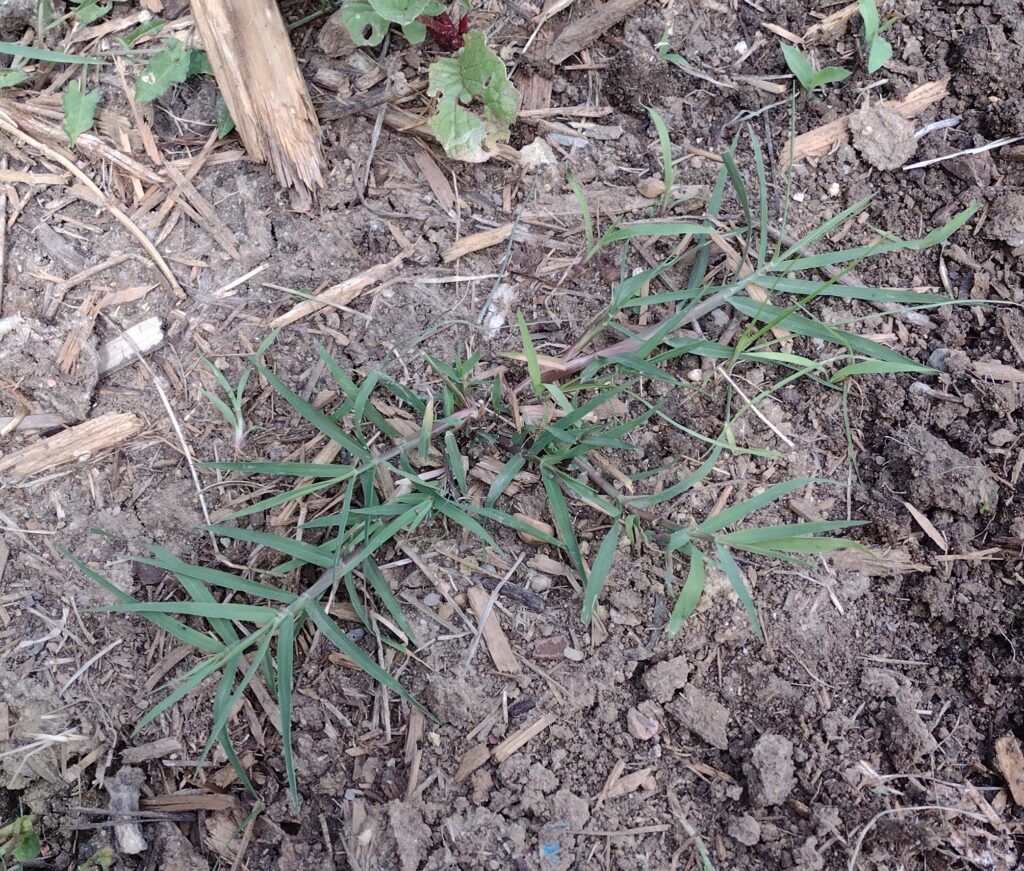As I mentioned in my previous post, I have frequently been frustrated by the dearth of good information regarding locally invasive plants. Attempts to find a comprehensive list for Kansas have been met with failure after failure until I found the document entitled “Coefficients of Conservativism for Kansas Vascular Plants (2021).” This has it all – every plant in Kansas, complete with native and non-native species and a ranking of the invasiveness of each non-native species (along with a whole lot more). But it’s not super user-friendly for someone who just wants to know which baddies to avoid – which is why I’ve pulled out just the worst of the non-natives here: the invasive transformers.
Invasive transformers produce offspring far from their parent plants and they also dominate and transform the natural spaces that they invade. They “can change the character, condition, form or nature of ecosystems over a substantial area relative to extent of ecosystem.” (Brian Obermeyer, quoted from here)
These are the biggest, baddest guys on Kansas’s block. If you’ve got them on your property, you should get rid of them posthaste (I tell myself as I sigh – I’ve got my work cut out for me since we have at least five species of these guys on our lot!)
When available, I have linked to the description of the plant on Mike Haddock’s incredibly helpful Kansas Wildflowers and Grasses website. Otherwise, links are to a variety of sites where information on the plant can be found.
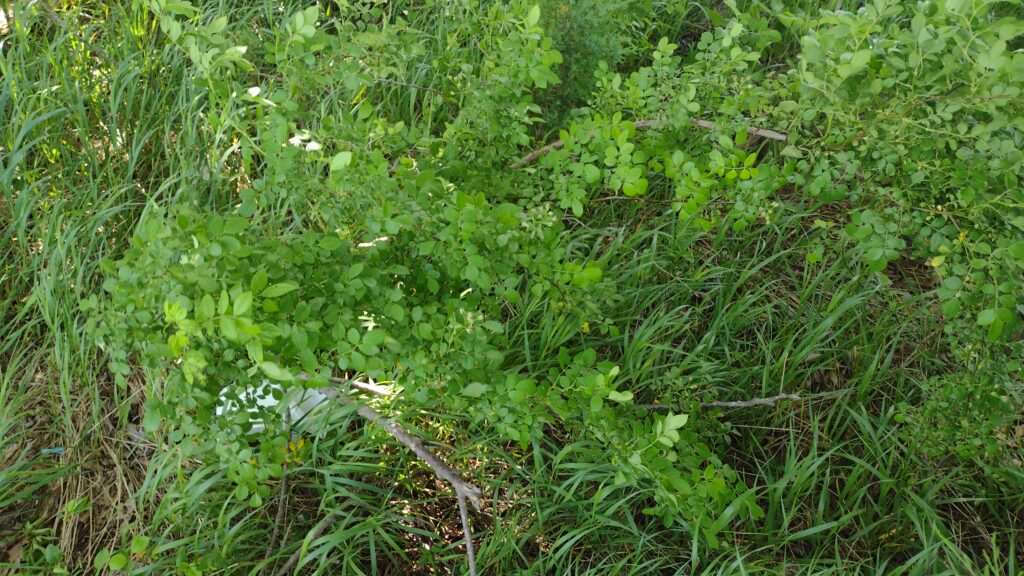
Herbaceous weeds
Latin Name | Common Name | Notes |
| Alliaria petiolata | common garlic mustard | |
| Carduus nutans | musk-thistle | This is a category C noxious weed in Kansas, which means it is well-established throughout the state and has a control program in place |
| Centaurea solstitialis | yellow star-thistle | |
| Cirsium arvense | Canadian thistle | This is a category B noxious weed in Kansas, which means it is well-established in parts of the state and has a control program in place |
| Convolvulus arvensis | field bindweed | This is a category C noxious weed in Kansas, which means it is well-established throughout the state and has a control program in place |
| Dipsacus fullonum | fuller’s teasel | This is a county option noxious weed in Elk, Franklin, Greenwood, Linn, and Woodson counties and has a control program in place |
| Dipsacus laciniatus | cut-leaf teasel | This is a county option noxious weed in Elk, Franklin, Linn, and Woodson counties and has a control program in place |
| Lespedeza cuneata | sericea bush-clover | This is a category C noxious weed in Kansas, which means it is well-established throughout the state. |
| Lythrum salicaria | purple loosestrife | Kansas has a quarantine forbidding bringing this species into the state or propogating it within the state |
| Securigera varia | common crown-vetch |
Grassy Weeds

Latin Name | Common Name | Notes |
| Bothriochloa bladhii | Caucasian bluestem | This is a county option noxious weed in Greenwood county |
| Bothriochloa ischaemum var. songarica | Keng Turkestan bluestem | |
| Bromus inermis | smooth brome | |
| Bromus japonicus | Japanese brome | |
| Bromus tectorum | downy brome |
Bushes and Trees
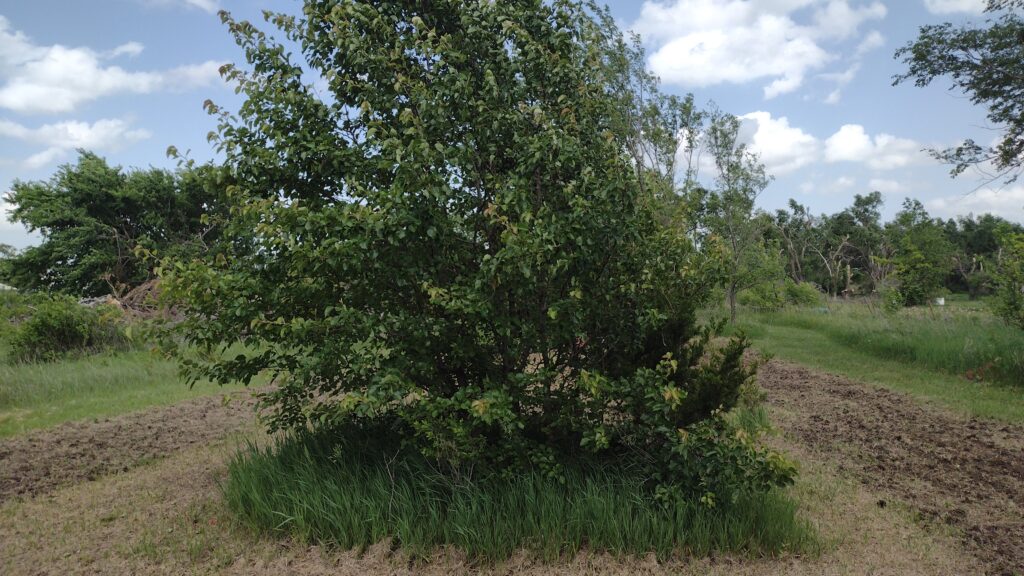
| Latin Name | Common Name | Notes |
| Elaeagnus angustifolia | Russian olive | |
| Elaeagnus umbellata | autumn-olive | |
| Lonicera japonica | Japanese honeysuckle | The Kansas Forestry Service has provided information on controlling Asian bush honeysuckles |
| Lonicera maackii | Amur honeysuckle | The Kansas Forestry Service has provided information on controlling Asian bush honeysuckles |
| Lonicera tatarica | Tartarian honeysuckle | The Kansas Forestry Service has provided information on controlling Asian bush honeysuckles |
| Pyrus calleryana | Bradford pear or Callery pear | The Kansas Forestry Service has information regarding controlling Callery pear; the Dyck Arboretum blog also details the problems with Callery pear |
| Rhamnus cathartica | common buckthorn | |
| Rosa multiflora | multiflora rose | |
| Tamarix parviflora | small-flower tamarisk | Kansas has a quarantine forbidding bringing this species into the state or propogating it within the state |
| Tamarix ramosissima | salt-cedar | Kansas has a quarantine forbidding bringing this species into the state or propogating it within the state |
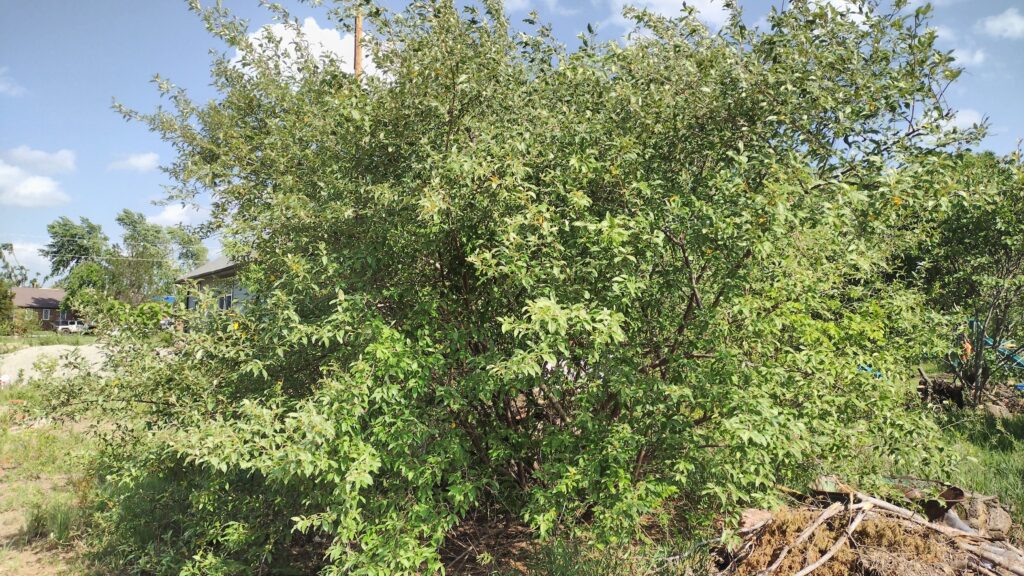
Aquatic Plants
| Latin Name | Common Name | Notes |
| Hydrilla verticillata | Royle hydrilla | |
| Lythrum salicaria | purple loosestrife | Kansas has a quarantine forbidding bringing this species into the state or propagating it within the state |
| Myriophyllum spicatum | Eurasian water-milfoil |


